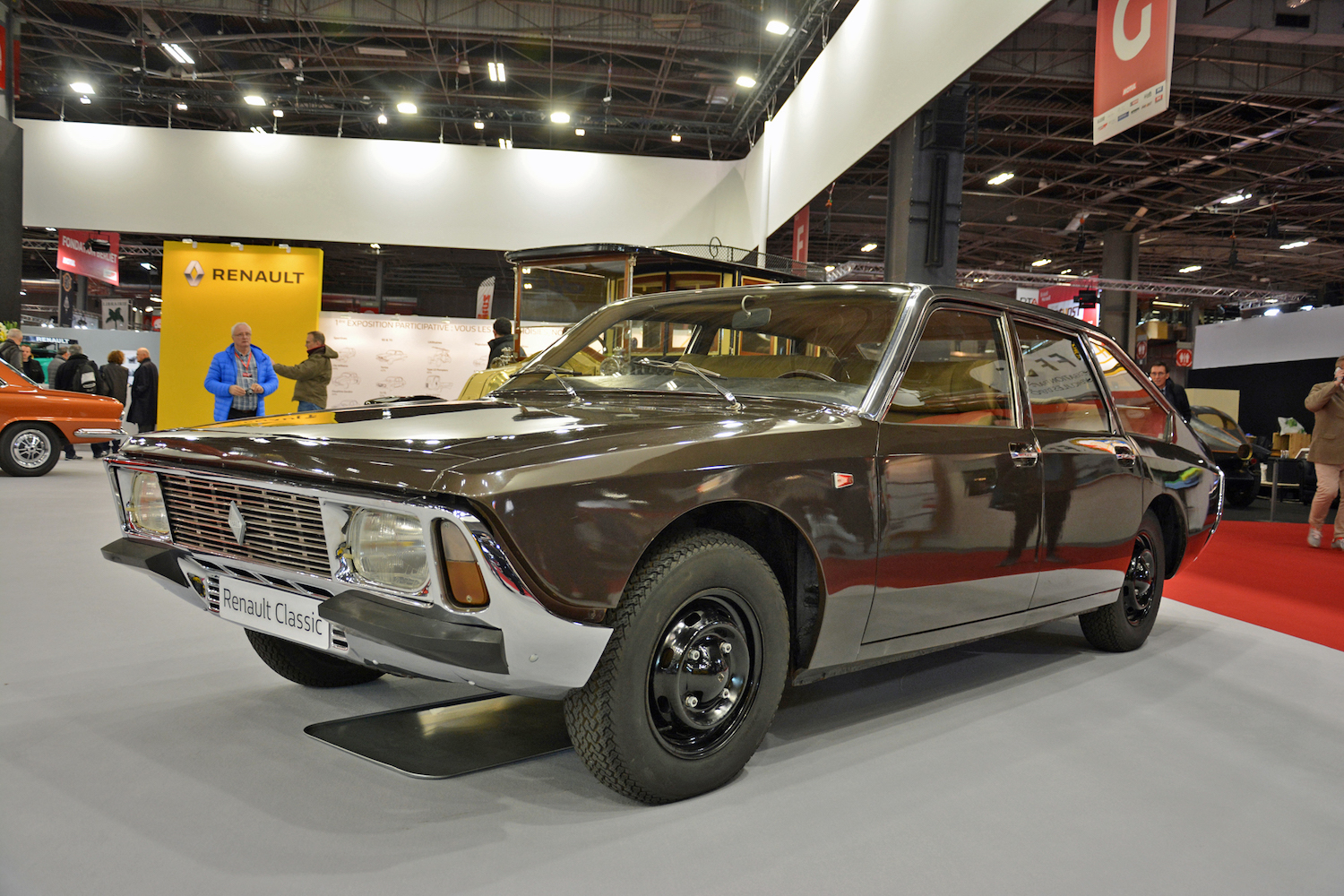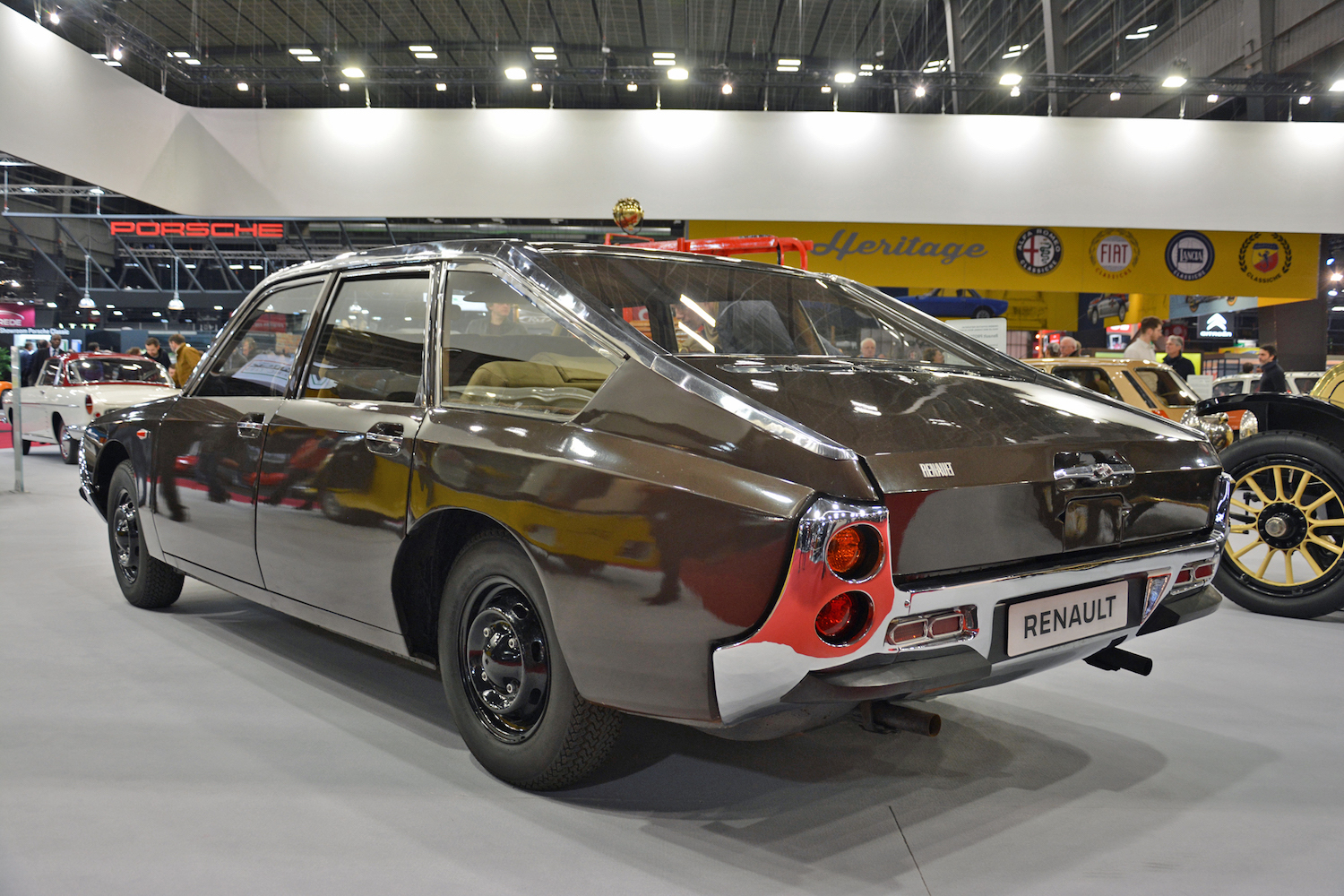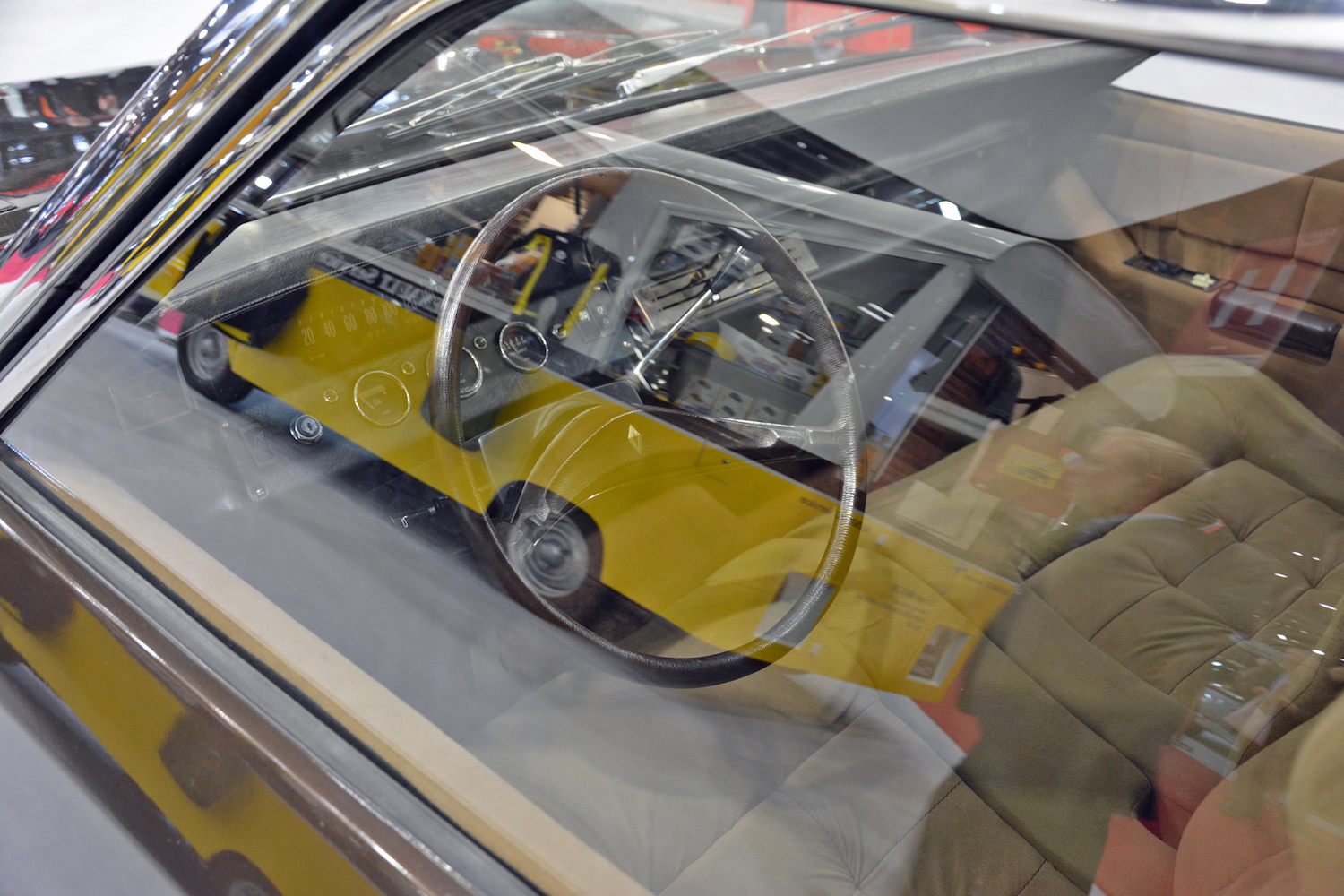Media | Articles
The open-top grand tourers that Renault and Citroën nearly built
These days there isn’t a single Renault sedan a discerning buyer can conceivably cross-shop with a Mercedes-Benz E-Class. Those in the European market for a powerful, open-top grand tourer that seats four won’t find one in a Citroën showroom either. Yet both cars nearly became a reality around the turn of the 1970s.
Renault and Citroën independently traveled to Paris Rétromobile 2020 to shed light on the rarely-seen flagship models they nearly launched to imbue their image with a big dose of prestige.
Renault Project H (1967)
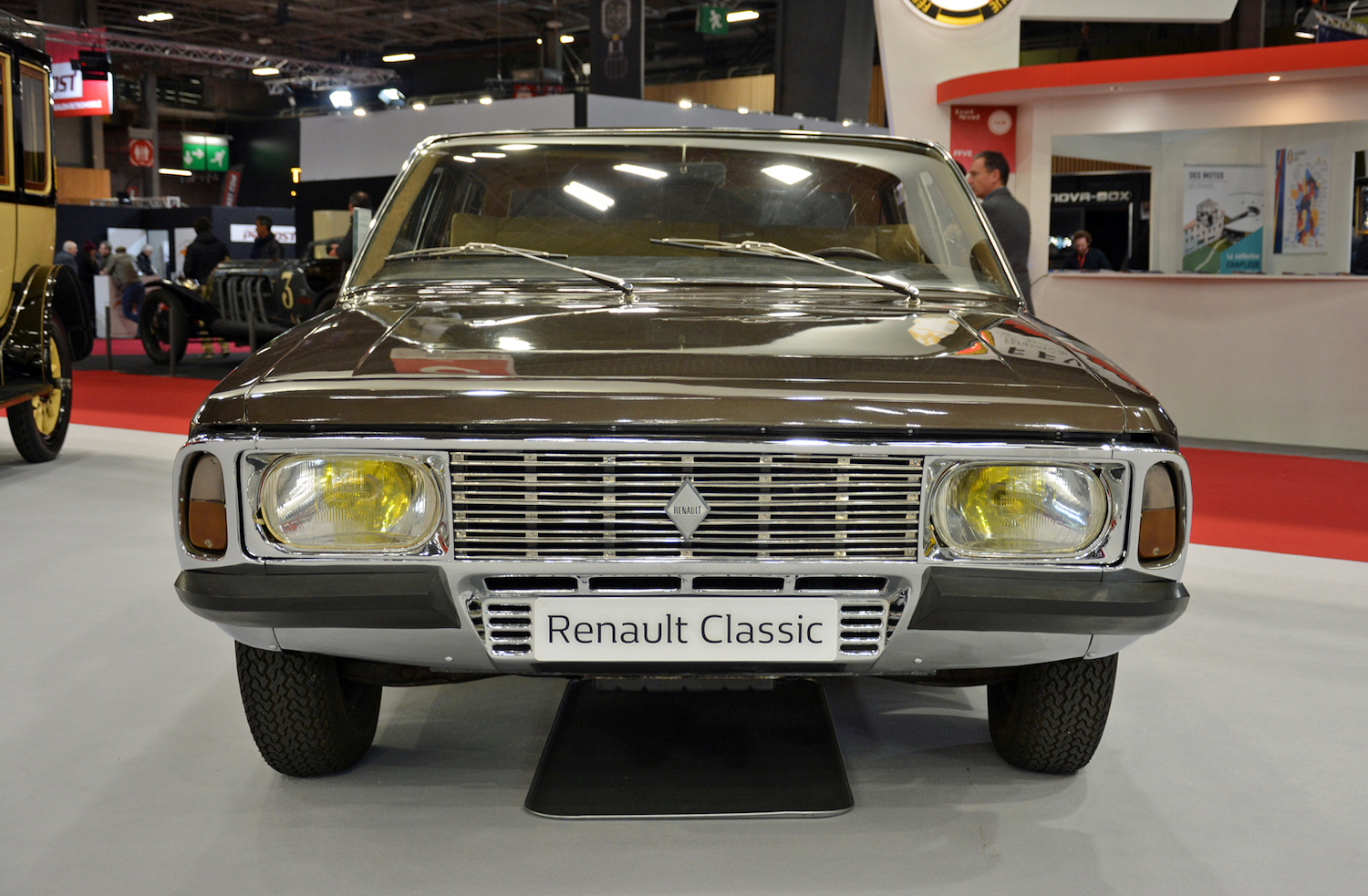
The need for big players in the automotive industry to consolidate into even bigger companies isn’t a new concept. Arch rivals Peugeot and Renault joined forces in 1966 to leverage the benefits of economies of scale. While the deal wasn’t a full tie-up, PSA-FCA style, the two French giants planned several joint development projects to cut costs, including a small hatchback that never materialized (each company ended up going its separate way while sharing mechanical parts) and a 90-degree V-8 to power flagship models that executives hoped would end Citroën’s interminable dominance over the segment.
At the time, Renault already had a reasonably new flagship model—the 16 released in 1965 and exported to the United States shortly after—but it wanted to move even further upmarket. The heritage was there; the company offered extremely luxurious cars between the two world wars. Work started on a four-door sedan with a fastback-like silhouette called Project H internally and envisioned as a super-16.
Marketplace
Buy and sell classics with confidence
And, what a sedan it was. It stretched 193 inches long and 74 inches wide, dimensions that made it comfortably bigger than the DS and about as big as a modern-day Audi A6. This was a bold move coming from a company better known for making cheap and cheerful economy cars like the 4. The long hood hid a 3.5-liter V-8 fed by a pair of double-barrel carburetors and bolted to a four-speed manual transmission that spun the rear wheels. Peugeot and Renault both assigned their brightest engineers to the eight-cylinder’s development. While specifications were never released to the public, Project H sounded more like a Mercedes-Benz than a Renault on paper, but it would have cost considerably less.
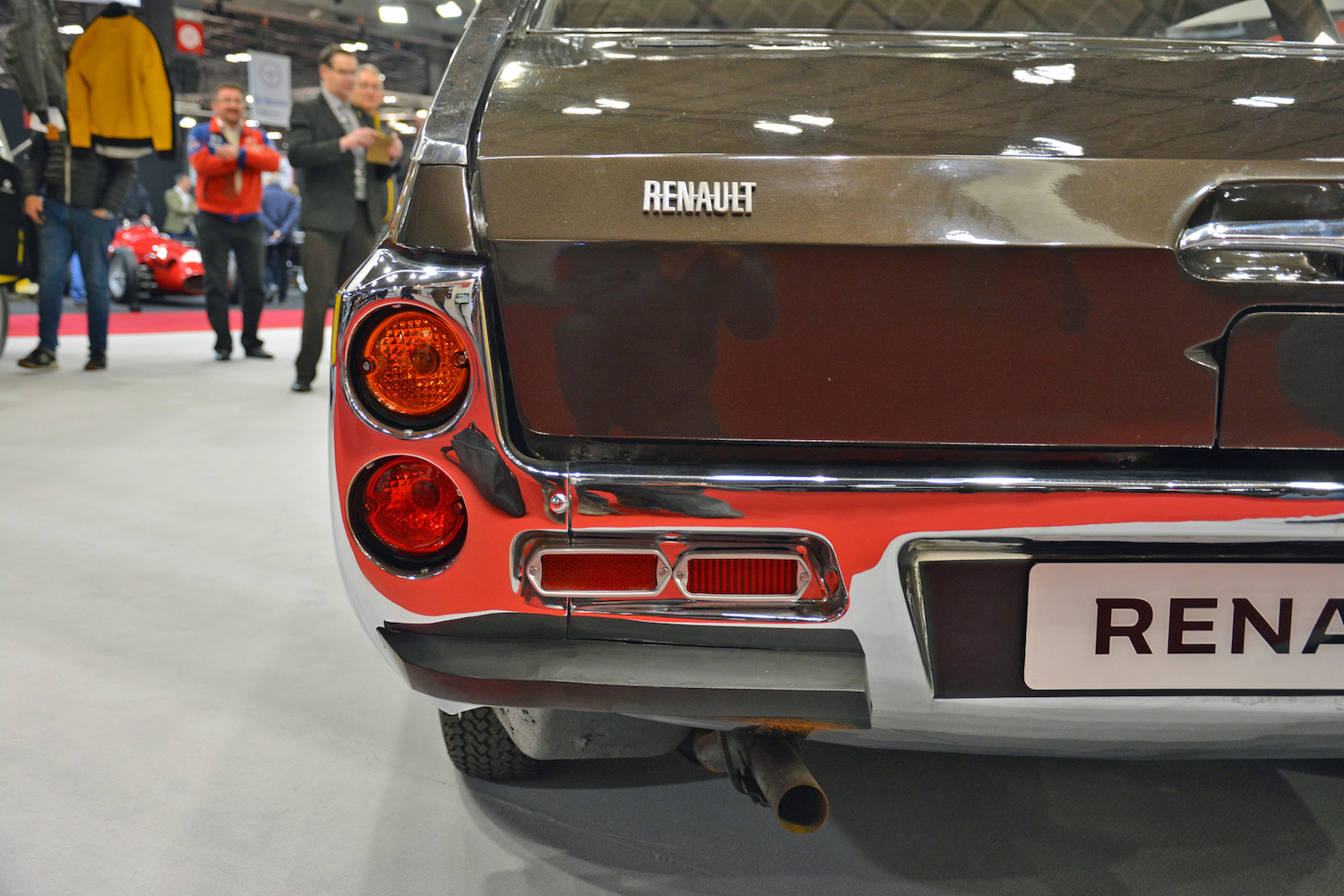
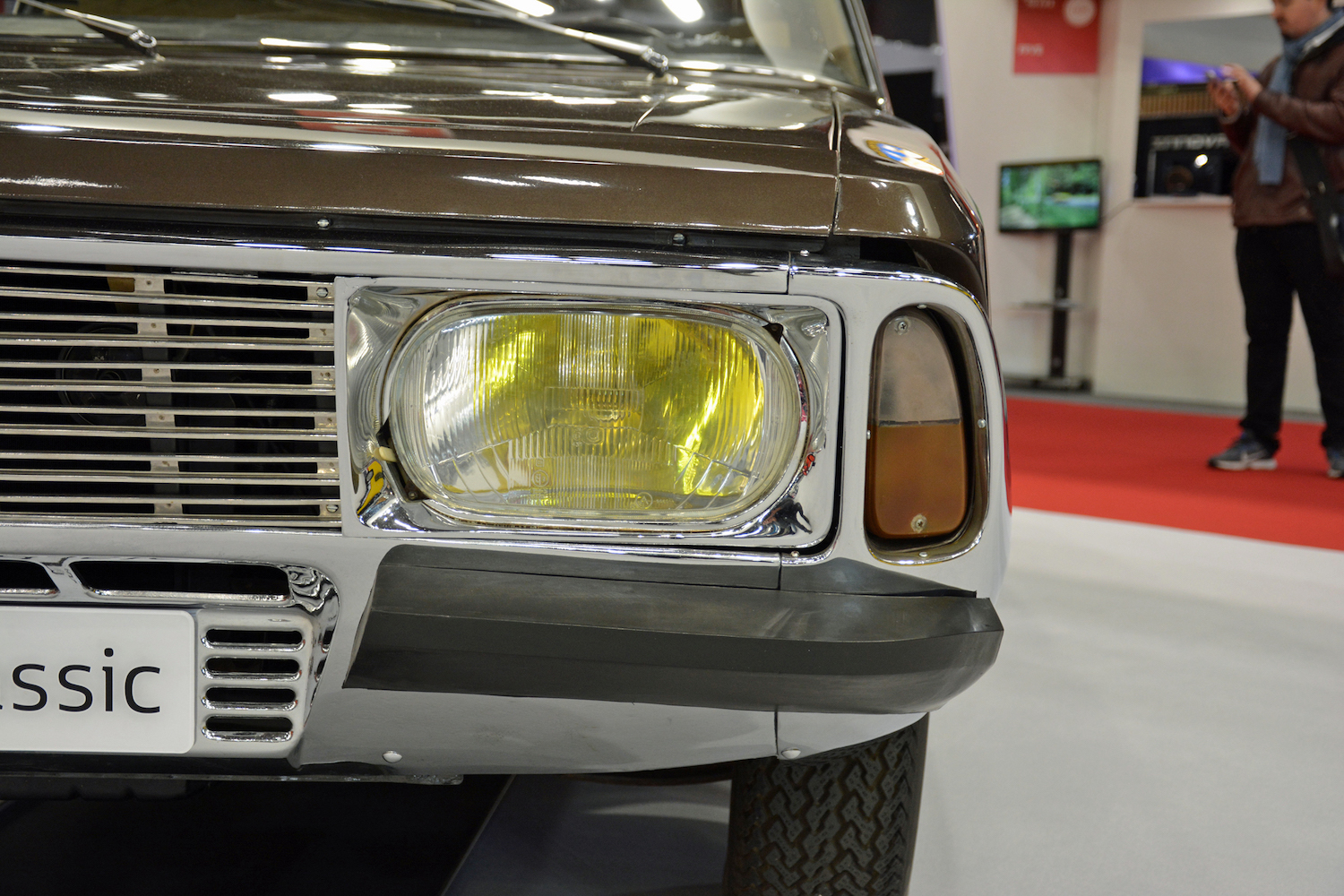

Stylists broke all ties with Renault’s then-current design language without venturing into ostentatious territory. The Project H also had unusual proportions for the era—it would undoubtedly be questionably marketed as a four-door coupe in 2020—but it was characterized by a relatively restrained appearance that tilted more towards the stately side of the design scale. Inside, it received cloth-upholstered seats that were as wide as they were plush, and a horizontal speedometer that stopped at 200 kph (124 mph).
Renault’s archives department indicated executives put Project H on the backburner in 1967 and largely forgot about it. It was ultimately relegated to the pantheon of automotive history, but it influenced other projects, including the 120 and the R, which spawned the 20/30 duo released in Europe in 1975.
By that point, Volvo had joined the alliance that linked Peugeot with Renault, and the three companies unanimously decided to pause the V-8’s development in the wake of the 1973 oil crisis to focus on the less-fuel-thirsty V-6. It was canceled in the late 1970s, and neither firm developed another V-8. The V6—better known as the PRV—powered several models, including members of Volvo’s 200 series, the aforementioned Renault 30, the Peugeot 604, and the ill-fated DeLorean DMC-12, among others.
Renaults fervently believed in the American market during the 1960s, so Project H—a name that undoubtedly wouldn’t have reached production—would have almost certainly stretched its legs in the U.S. had it reached production. And, who knows, it may have helped the company once again plant its flag in the 2020 luxury sedan segment, which it is completely absent from.
Citroën SM Espace (1971)

Michelin-owned Citroën purchased Maserati in 1968, right after Renault ducked out of the luxury car segment, to strengthen its grip on the automotive industry’s upper echelons. The V-6-powered SM released in 1970 proudly sat above the DS as the company’s most prestigious model. Imagine how out-of-place it looked sitting in a showroom next to a humble 2CV, one of France’s cheapest new cars.
French coachbuilder Heuliez seized a golden opportunity to push the SM even further upmarket by making it a convertible. The issue was that, at the time, safety regulations in the U.S. and Europe made entering the convertible segment a risky and incredibly expensive proposition.
Heuliez had a plan: Instead of chopping off the SM’s roof and installing a retractable soft top, the firm designed a two-piece targa top that looked like a pair of sunroofs mounted sideways. The system consisted of two sets of aluminum fins, which retracted into the narrow piece of sheet metal that linked the windshield to the rear window. This innovative setup gave all four occupants the freedom of open-top motoring without compromising safety or rigidity. Getting it right was complicated, however.




After repairing leaks and fixing a faulty retracting mechanism, Heuliez presented the SM Espace at the 1971 Paris Motor Show. The car basking under the spotlights was finished in a divisive shade of purple and louvers covered its rear window. It wasn’t to everyone’s taste, to say the least, even in the early 1970s.
Heuliez built a second prototype for the 1972 Brussels Motor Show. This time, the louvers stayed in the coachbuilder’s workshop and show-goers greeted the Espace with considerably more enthusiasm. Many assumed Citroën would add the open-air model to its range and award Heuliez a lucrative contract to build it, but it was too late to expand the line-up. The firm had maneuvered itself into dire financial straits, notably by funneling a fortune into developing Wankel engines (it even put its rotary engine in a helicopter it designed), and Michelin had started the process of selling it. The 1973 oil crisis ended the SM, and the following year Citroën left the U.S., the car’s most promising market—hence the federally-mandated side marker lights installed on the second Espace prototype.
Heuliez claims it destroyed the first Espace prototype. Company founder Henri Heuliez used the second example for years until he consigned it to the coachbuilder’s attic, where it gathered dust with other fascinating concepts, one-offs, and could-have beens. It’s been in private hands since 2012.














